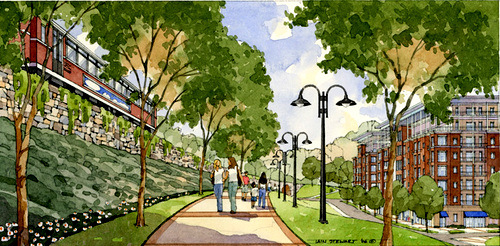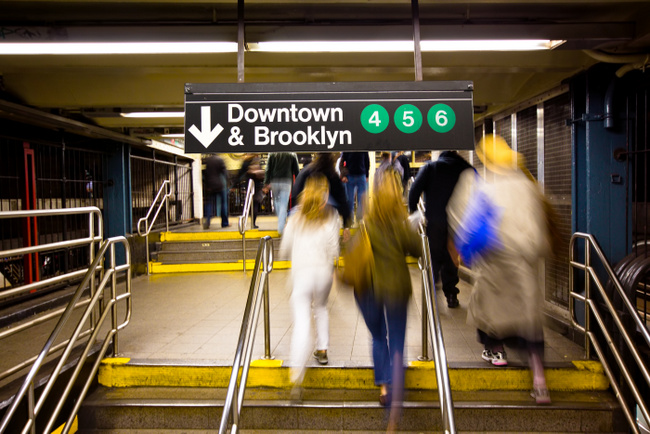Atlanta’s BeltLine
Improving quality of life
In the quest for a healthier, more transit-friendly Atlanta, a growing grassroots movement is backing the BeltLine plan. The Atlanta BeltLine, which includes 1,300 acres of parks, 33 miles of multi-use trails, 22 miles of rail transit, and 5,600 units of affordable housing, has grown from a seedling in the mind of a Georgia Tech […]


